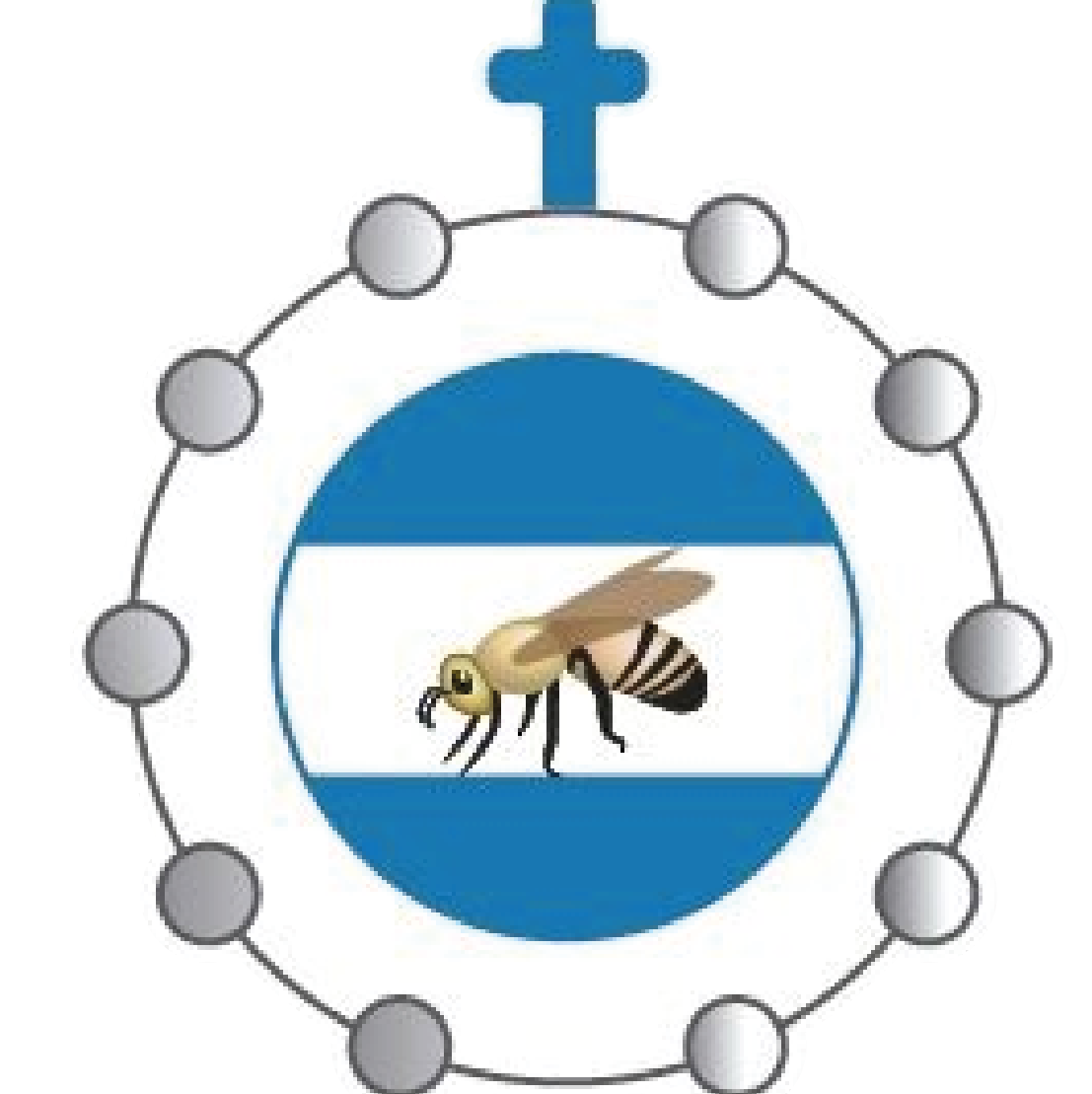WebSocket uses the WS protocol, which is based on the Transmission Control Protocol (TCP). It is a connection-oriented network, meaning a connection between participants has to be established first to route data through to the right location. For example, with YouTube live streams, content producers can reach their followers simultaneously.
With strong encryption in place, you can rest assured that your sensitive information will be kept safe and secure as it moves across the internet. The WebSocket protocol provides several methods that you can use to perform actions on a WebSocket connection, including send() and close(). The WebSockets protocol operates over Transmission Control Protocol (TCP), a low-level https://deveducation.com/ communications protocol that provides a reliable, stream-oriented connection between two computers. Before building a WebSocket connection, you’ll have to follow several steps. WebSockets is one of the most interesting conveniences that was brought into the use with HTML5. It solves a lot of problems that web application developers have struggled with before.
What is the WebSocket protocol?
WebSocket is a communication protocol on the internet that allows for more direct interaction between a user’s device and a server. Developers often use it to create real-time applications, such as chat rooms or multiplayer games. In essence, it allows two devices to communicate directly with each other over the internet by establishing a persistent connection. When using HTTP, clients—such as web browsers—send requests to servers, and then the servers send messages back, known as responses. The web as we know it today was built on this basic client-server cycle, although there have been many additions and updates to HTTP to make it more interactive.
To set up the server-side project, first initialize a new Node.js project by running npm init and following the prompts to create a package.json file. Next, create a new file called server.js in the root of the server project directory. In comparison to other traditional HTTP-based communication methods, WebSockets has several benefits, offering a fast and low-latency communication method. Since we have installed Express and Socket.IO, we are ready to write the server part of the application.
How do websockets work in detail?
WebSocket uses HTTP as
the initial transport mechanism, but keeps the TCP connection alive after
the HTTP response is received so that it can be used for sending messages
between client and server. WebSockets allow us to build “real-time”
applications without the use of long-polling. On the other hand, WebSockets establish a persistent connection between the client and the server. This what is websocket protocol means that once the connection is established, the client and the server can send data to each other at any time without continuous polling. This allows realtime communication, where updates can be sent and received instantly. WebSocket is a realtime technology that enables bidirectional, full-duplex communication between client and server over a persistent, single-socket connection.

It is a powerful technology that can be used in many web applications to provide real-time, bidirectional communication between a client and a server. They are used in various applications, real-time analytics, remote monitoring, notifications, alerts, etc. Their applicability is not limited to these examples, and they can be used in a wide range of applications where real-time communication is needed.
The WebSocket connection is kept alive for as long as needed (in theory, it can last forever), allowing the server and the client to send data at will, with minimal overhead. Another difference between Websockets and other data connection protocols is that they use TCP to establish the connection. Originally developed in 1974, TCP is among the most widely-used communication protocols on the internet today and is seen by developers as a tried-and-true way to ensure secure data transfer. Unlike other protocols, such as User Datagram Protocol (UDP), TCP establishes connections directly between two endpoints without routing through any intermediary servers or networks along the way.
The WebSocket protocol makes fragmentation possible via the first bit of the WebSocket frame — the FIN bit, which indicates whether the frame is the final fragment in a message. In direct relation to Sec-WebSocket-Key, the server response includes a Sec-WebSocket-Accept header. This header contains a base64-encoded SHA-1 hashed value generated by concatenating the Sec-WebSocket-Key nonce sent by the client, and the static value (UUID) 258EAFA5-E914-47DA-95CA-C5AB0DC85B11. Automatically handled for you by most WebSocket libraries or by using the WebSocket class provided in browsers. 2) If the server uses the WebSocket protocol, then it will accept the upgrade and send a response back.
- When a connection is lost, both the client and server are informed with specific error codes that point to the cause of the problem.
- Every frame has an opcode that determines how to interpret this frame’s
payload data. - Tools include reporting, alerts, analytics, and application monitoring.
- To begin setting up our development environment, we’ll need to create two separate projects, one for the client and one for the server.
- WebSocket demands the use of a client-picked random key for all the payload data.

